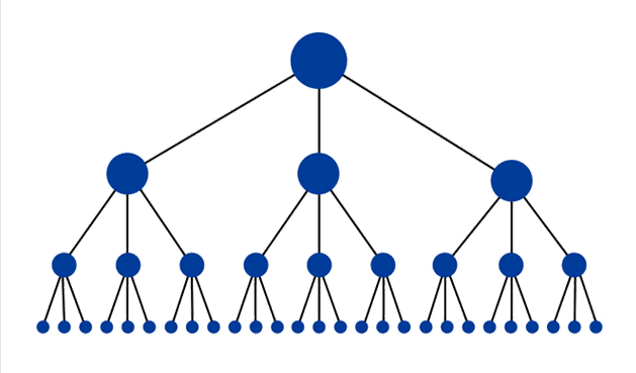Website structure
Definition
Website structure refers to the way in which the pages and content of a website are organized and linked together. A well-structured website makes it easy for users to navigate, find the information they need, and understand the overall organization of the website. It also helps search engines to understand the content of a website and to crawl and index it effectively.
Site structure elements
There are several elements that can contribute to a website's structure, including:
- Navigation: Navigation is the main way that users interact with a website's structure. A clear and intuitive navigation menu that organizes the website's pages into logical categories can make it easy for users to find the information they need.
- Information Architecture: The information architecture of a website is the way in which the website's content is organized and grouped. A well-structured information architecture can make it easy for users to understand the relationships between different pieces of content, and to find the information they need.
- URLs: URLs (Uniform Resource Locators) also play a role in website structure as they provide a consistent and easy-to-understand way of accessing different pages on a website. URLs should be structured in a logical and consistent manner, and should clearly indicate the hierarchy and organization of the website's content.
- Sitemap and Robots.txt: These files help search engines to understand the structure of the website, which can make it easier for them to find and index relevant pages.
- Headings: Headings and subheadings can provide an additional layer of organization to a website's content, making it easy for users to skim and find the information they need. They also help search engines understand the content of a website.
- Content structure: The content of a website should be structured in a way that is easy for users to understand and access. This can include using lists, images, and other elements to break up text and make it easier to read.
Overall, a well-structured website is easy for users to navigate and understand, and it helps search engines to understand the content of a website and to crawl and index it effectively.
Hierarchical website structure
A hierarchical website structure is a way of organizing the pages and content of a website into a clear and logical hierarchy. This type of structure uses a top-down approach, with a small number of main categories at the top level, and then subcategories and sub-subcategories branching off from there. This creates a clear, easy-to-understand organization of the website's content that is easy for users to navigate and for search engines to understand.
A typical hierarchical website structure may look like this:

- Homepage: The top-level page that serves as the starting point for the website's navigation.
- Main categories: The main sections of the website, such as About, Products, and Contact.
- Subcategories: The sub-sections of the website, such as Company History, Our Team, Catalogue, Price List, etc.
- Sub-subcategories: Further sub-sections that provide more specific information, such as Team members, Product features, Product specifications, etc.
Each level of the hierarchy is organized in a logical and consistent manner, with clear and descriptive labels that make it easy for users to understand the organization of the website's content.
Importance for SEO
A good site structure is important for both SEO and marketing because it helps search engines and users understand the organization of your website and the relationship between the different pages on your site.
One of the main benefits of having a good site structure is that it makes it easier for search engines to crawl and index your pages. When search engines crawl your website, they use the site structure to understand which pages are the most important and how they are related to one another. This helps them to determine the relevance of your pages for different search queries, which can affect your search engine rankings.
A well-structured site also makes it easier for users to find the information they're looking for. By organizing your content into logical categories and subcategories, you can help users quickly navigate to the pages that are most relevant to their needs. This can improve the user experience on your site and increase the likelihood that users will return to your site in the future.
Additionally, a well-structured site can make it easier to track the performance of your different pages and to identify which pages are generating the most traffic and conversions. This can help you to optimize your marketing efforts and improve your ROI.
Having a clear, logical site structure can also be beneficial for marketing campaigns. It allows you to create a well-organized landing pages and funnels, easy to follow and understand by the visitor, which can lead to more conversions.





